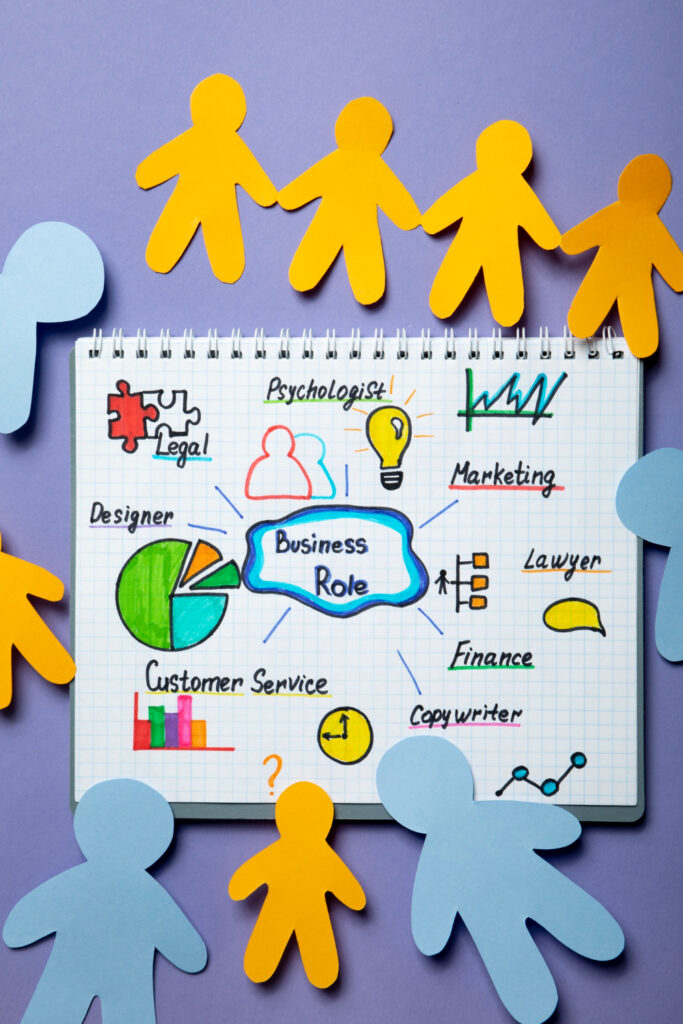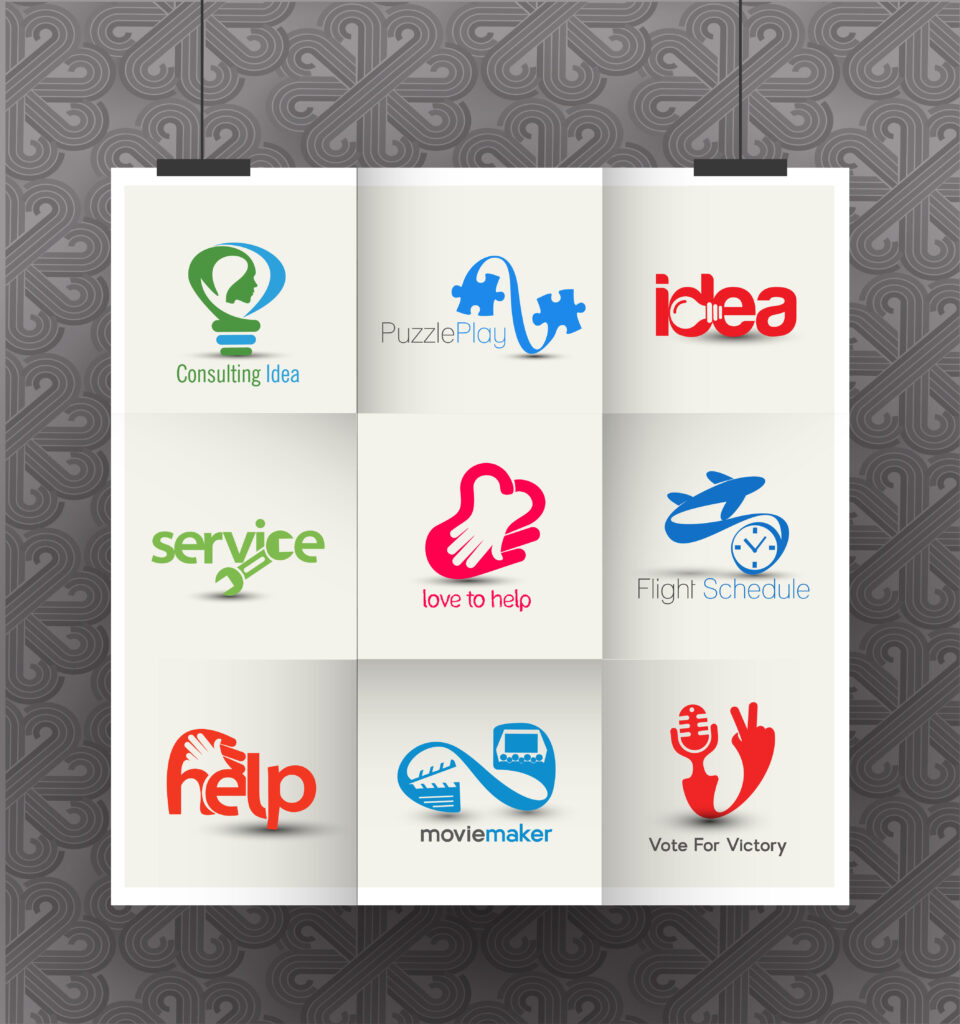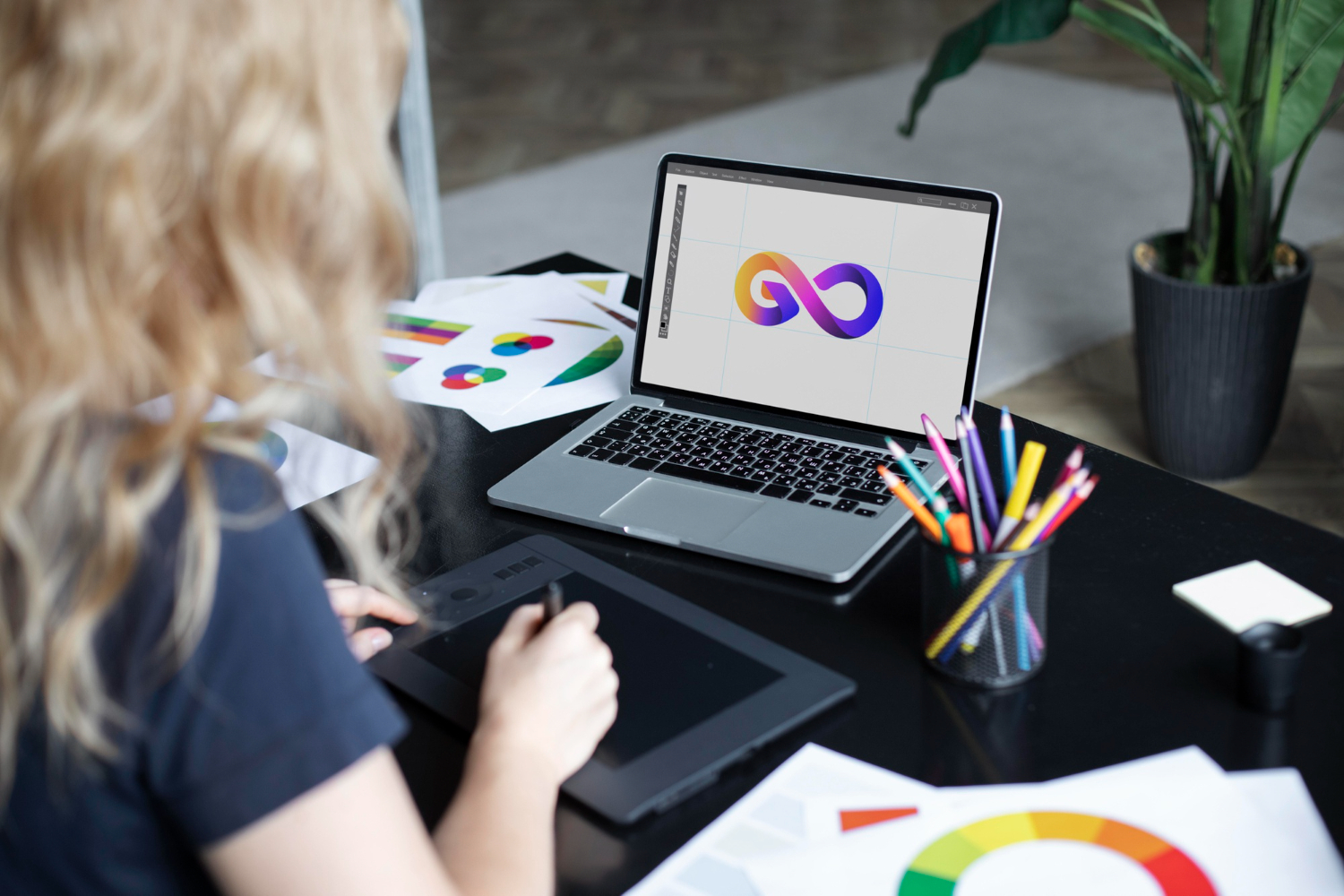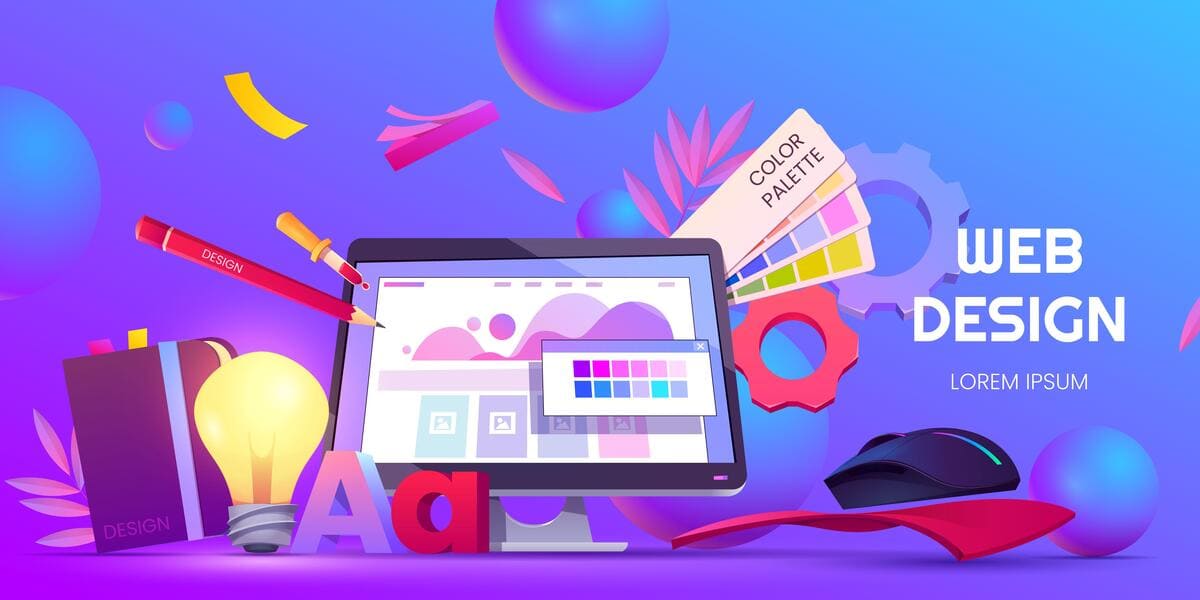Creating a compelling logo is essential for building a strong brand identity. This guide combines key insights with a straightforward process to help you design a logo that truly represents your brand.
Step 1: Know Your Brand
Before you grab your pen and start sketching, take a deep dive into your brand identity. What makes you unique? What are your core values? Who is your ideal customer? Answering these questions will be your compass, guiding you towards a logo that truly reflects your brand essence.
Brainstorming Bonanza:
- Word Power: Jot down words that describe your brand’s personality. Is it playful, sophisticated, or adventurous?
- Target in Sight: Who are you trying to reach? Understanding your target audience’s preferences is key.

Step 2: Inspiration Station
Now that you have a better understanding of your brand, it’s time to gather inspiration!
- Competitor Check: Scope out logos of successful brands in your industry. What design elements do they use effectively?
- Logo Type Library: Explore different logo types like wordmarks, pictorial marks, and mascots (we discussed these in a previous post!). See which style resonates most with your brand.
- Color Psychology Power: Did you know colors can trigger emotions? Learn how red ignites passion, while blue evokes trust. Choose colors that align with your brand message.

Step 3: Sketching Up a Storm
Here comes the fun part – unleashing your creativity!
- Pen and Paper Playground: Grab some paper and unleash your inner artist. Don’t worry about perfection, just get your ideas flowing.
- Logo Type Throwdown: Play around with different logo types. Try incorporating keywords from your brainstorming session or sketching symbols that represent your brand.
- Mix and Match Magic: Take elements you like from different sketches and combine them to form a logo.
Launch Your Website or eCommerce Store with Techzach
Get a Quote Now — It’s free

Step 4: Digital Playground (Optional)
Feeling comfortable taking your logo creation online? There are plenty of free design tools available to bring your sketches to life digitally.
- Simplicity is Key: Remember, a logo that’s easy to understand and remember is a winner.
- Color Experimentation: Play with different color combinations to find a palette that pops.
- Size Matters: Ensure your logo looks good at various sizes, from a tiny phone icon to a giant billboard.

Step 5: Feedback Frenzy and Final Touches
Your logo is almost there! Now it’s time to gather feedback and refine your design.
- Feedback Fiesta: Show your logo drafts to friends, family, or even potential customers for honest feedback.
- Revision Revolution: Take the feedback you receive and make adjustments to your logo.
- Final Flourishes: Ensure your logo looks good in black and white and at various sizes.

Additional Tips
Choosing the Right Logo Type
- Short and Catchy Names: Wordmark logos work well (e.g., Google, Coca-Cola).
- Long or Complex Names: Lettermark logos are more effective (e.g., NASA).
Brand Personality
- Serious and Sophisticated: Use serif fonts or abstract logos.
- Playful and Approachable: Opt for sans-serif fonts, mascots, or pictorial marks.
Target Audience
- Mascot logos are great for children, while lettermark logos suit B2B companies.
Versatility and Scalability
- Your logo should look good at various sizes, from app icons to billboards. Simpler logos with clean lines are best.
Importance of Colors in Logo Design
- Blue: Trust, security, reliability (Finance, Tech)
- Red: Passion, excitement, boldness (Sports, Food)
- Green: Growth, nature, harmony (Environment, Health)
- Yellow: Happiness, optimism, creativity (Entertainment, Education)
- Purple: Luxury, sophistication, wisdom (Beauty, Tech)
Other Key Areas
- Simplicity: Clean designs are memorable and versatile.
- Memorability: Unique logos leave a lasting impression.
- Timeless Design: Avoid trends for a classic look.
- Balance and Proportion: Ensure visual harmony.
- Typography: Choose fonts that reflect your brand personality.
- Negative Space: Use it strategically to enhance the design.
By following these five steps, you’ll be well-equipped to create a logo that not only looks great but also effectively communicates your brand’s identity.




